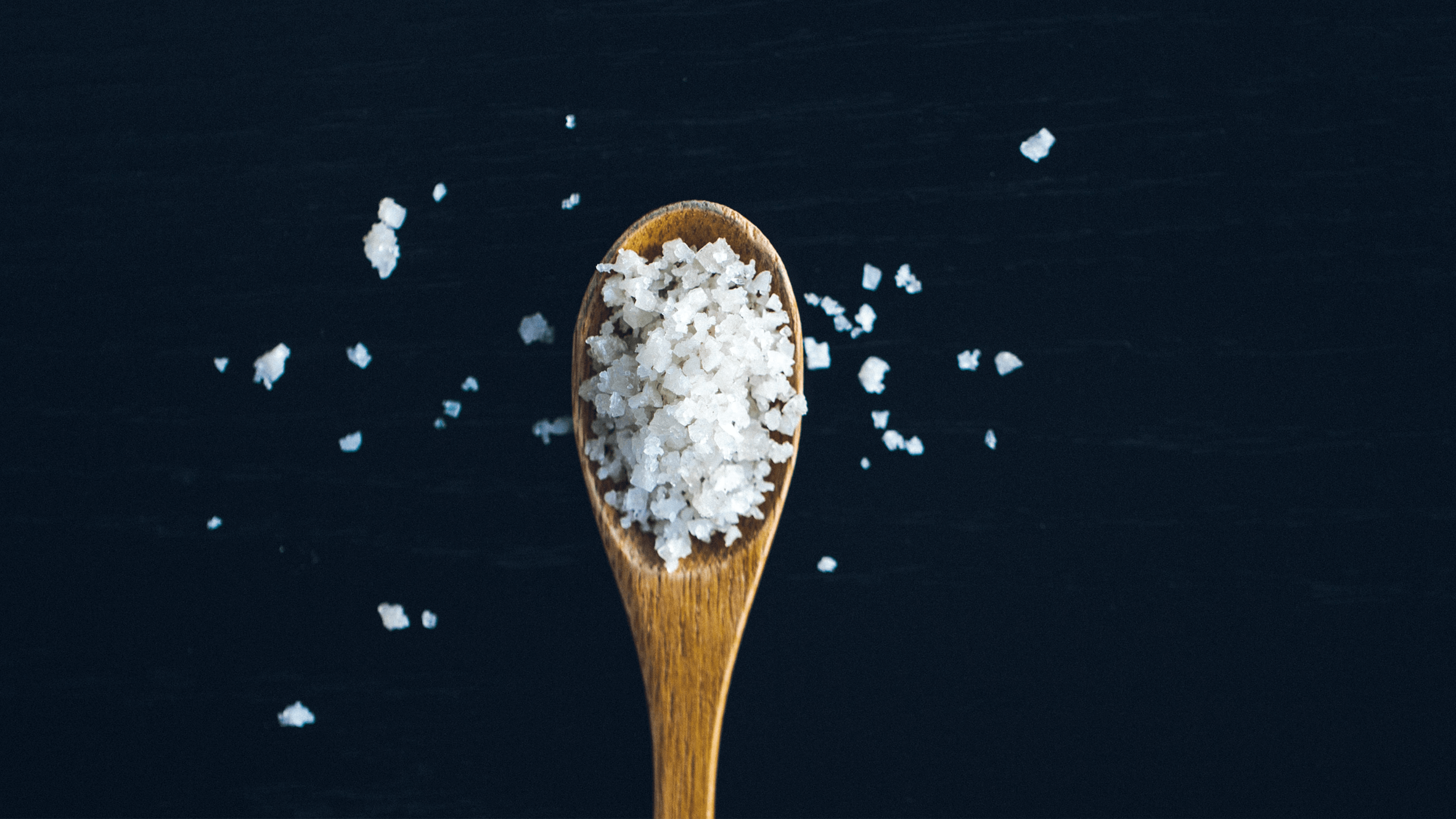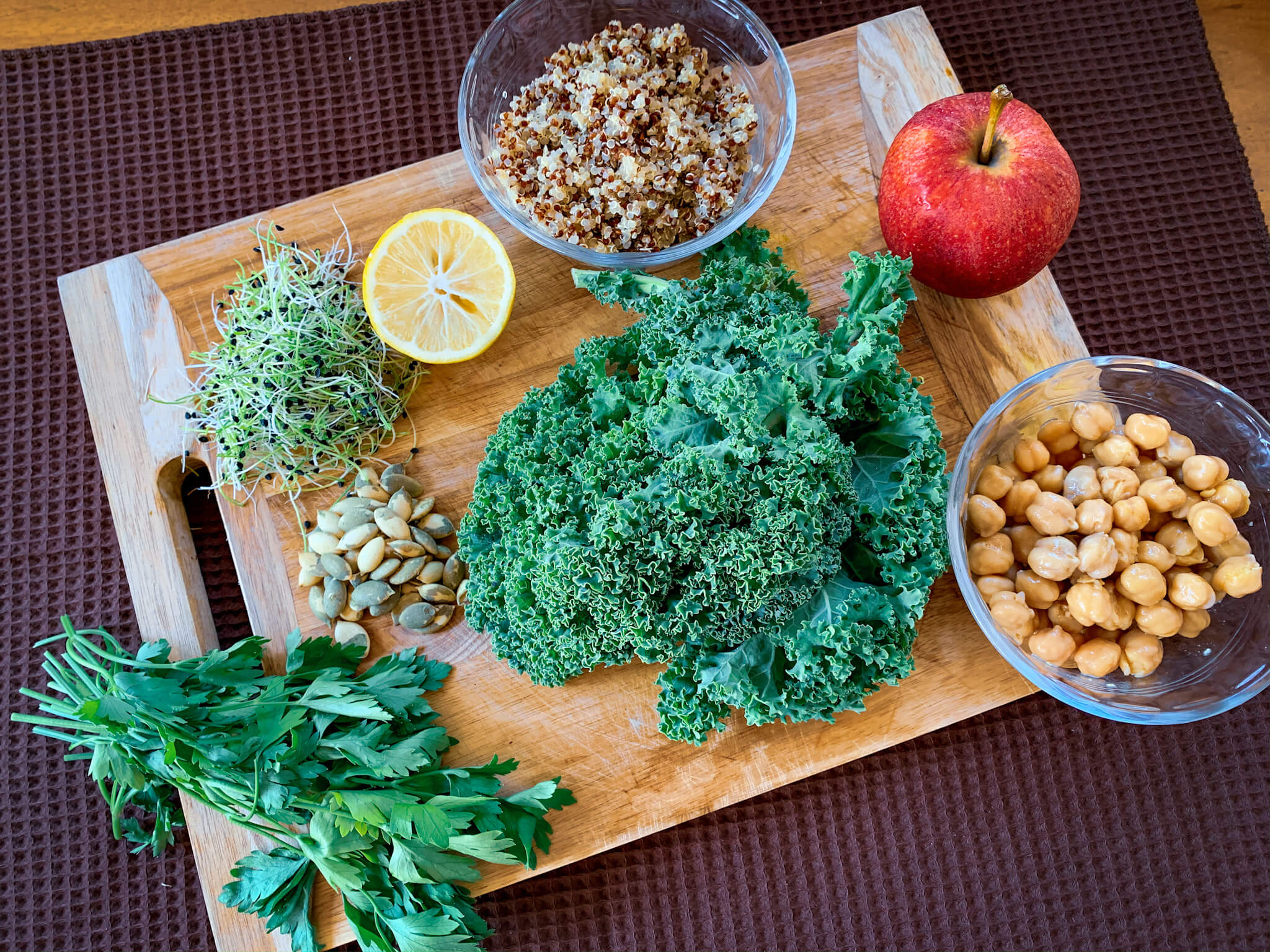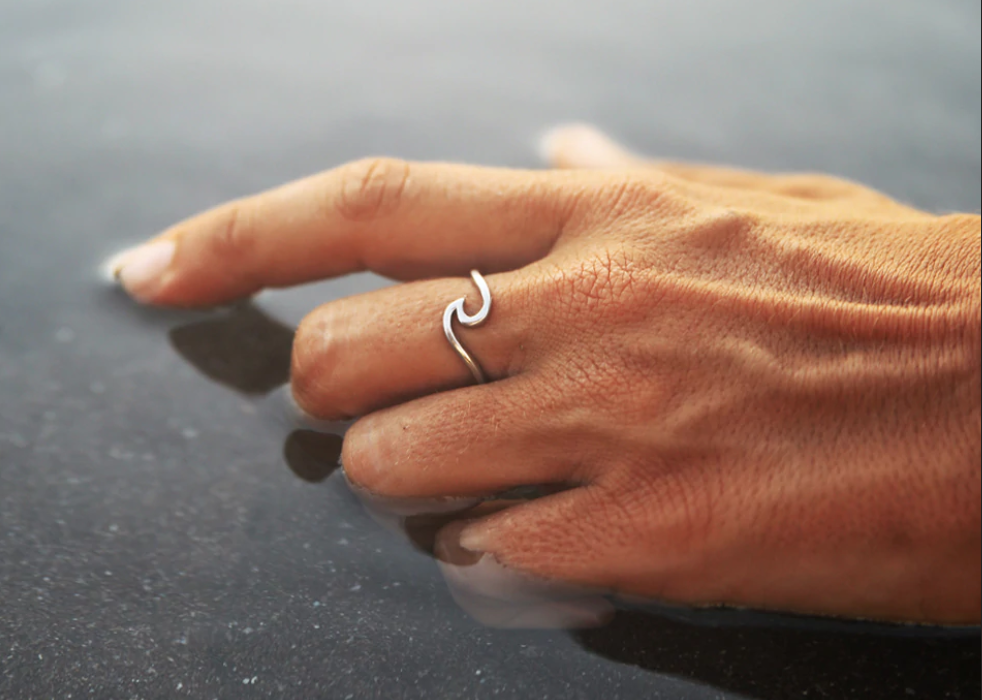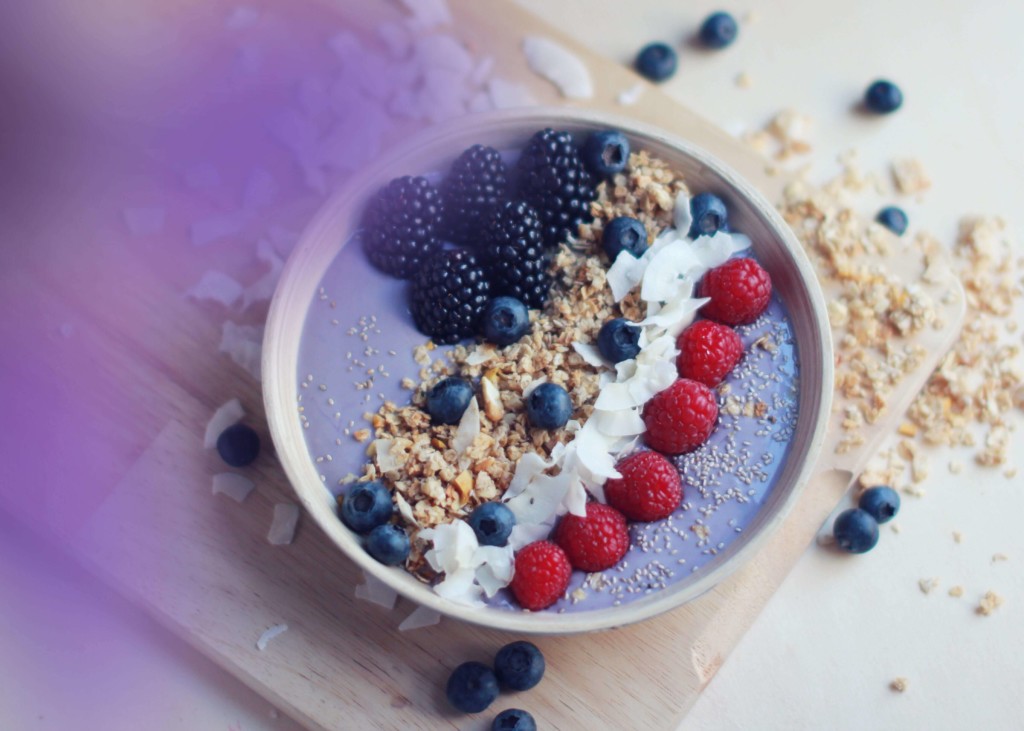Salt when it comes to food is one of the most common condiments to be found, tied closely with pepper, on our dining tables. It’s a dash of flavor we crave in our food. And it plays an integral role in the optimal functioning of some of our bodies most important tasks such as helping balance fluids, supporting optimal transmission of nerve signals, and playing a significant role in the contraction and relaxation of our muscle fibers, just to name a few responsibilities.
Yet, too much of it has been said to be a potential contributing factor to all sorts of ailments like hypertension, heart failure, risk of obesity, type 2 diabetes, stomach cancer, increased risk of osteoporosis and asthma, along with the potential of promoting autoimmune diseases. Yikes.
How does the old adage go? They say, “everything in moderation”! And we couldn’t agree more. Salt itself isn’t the issue, but rather how much we are eating and what kinds we are choosing to ingest.
The daily recommendation is roughly 1500 mg/day. The majority of people are chowing down more than double this, if not more. The insidious nature of it all is that it usually isn’t coming from the shaker on the table, but hidden in foods that we eat.
Here are a few tips to help navigate your salt intake with ease.
1. Prepare your own meals.
Salt is a great food preservative *hint hint*. When you cook from scratch you can control how much salt you are adding to your food.
2. Do your homework.
Read labels. Just because it isn’t categorized as a salty food like chips, doesn’t mean it isn’t loaded with salt. Examples: baked goods and most sauces.
3. Avoid C.D.P.S.
Do your best to steer clear of canned, dried, pickled, and pre-made sauces if you can. If you do reach for them, go for low-sodium and a high quality salt used. And eat in moderation.
4. Spice it up.
Instead of leaning on salt as your main flavor provider, try out fresh herbs like cilantro, rosemary, parsley, basil; and spice rack items like turmeric, chipotle, chili flakes, and nutritional yeast.
5. Avoid refined salt, just like sugar.
Opt for unrefined salt such as sea salts and Himalayan salts which haven’t been stripped of additional minerals they might have.
6. Go for purity.
Standard table salt often has anti-caking agents added to it, like aluminum hydroxide, to provide a better pour to it. Need we say more?
7. Update your charcuterie platter.
Cheeses and cured meats and fish are big contenders on the super salty list to avoid. Try making your own vegan cheese spreads and up the veggies, nuts (un-salted), and fruit slices to your board. Click here for some amazing recipe ideas from The Salty Club!
8. Bring your own salt.
You heard it right. Carry your own salt grinder with you when dining out or traveling.
9. Train your body to crave less salt.
Reach for less salty foods, lessen how much you add to your food when cooking, and don’t pick up the shaker when dining out. The taste buds will adapt quickly and within a short amount of time the sensitivity to the taste of salt will increase = less salt needed for the pleasure of the taste.
Find a ton of easy, healthy recipes to cook at home in the Nutrition section of the Salty Club.
Start your free 7-day trial with The Salty Club today >> Click Here to Join!













